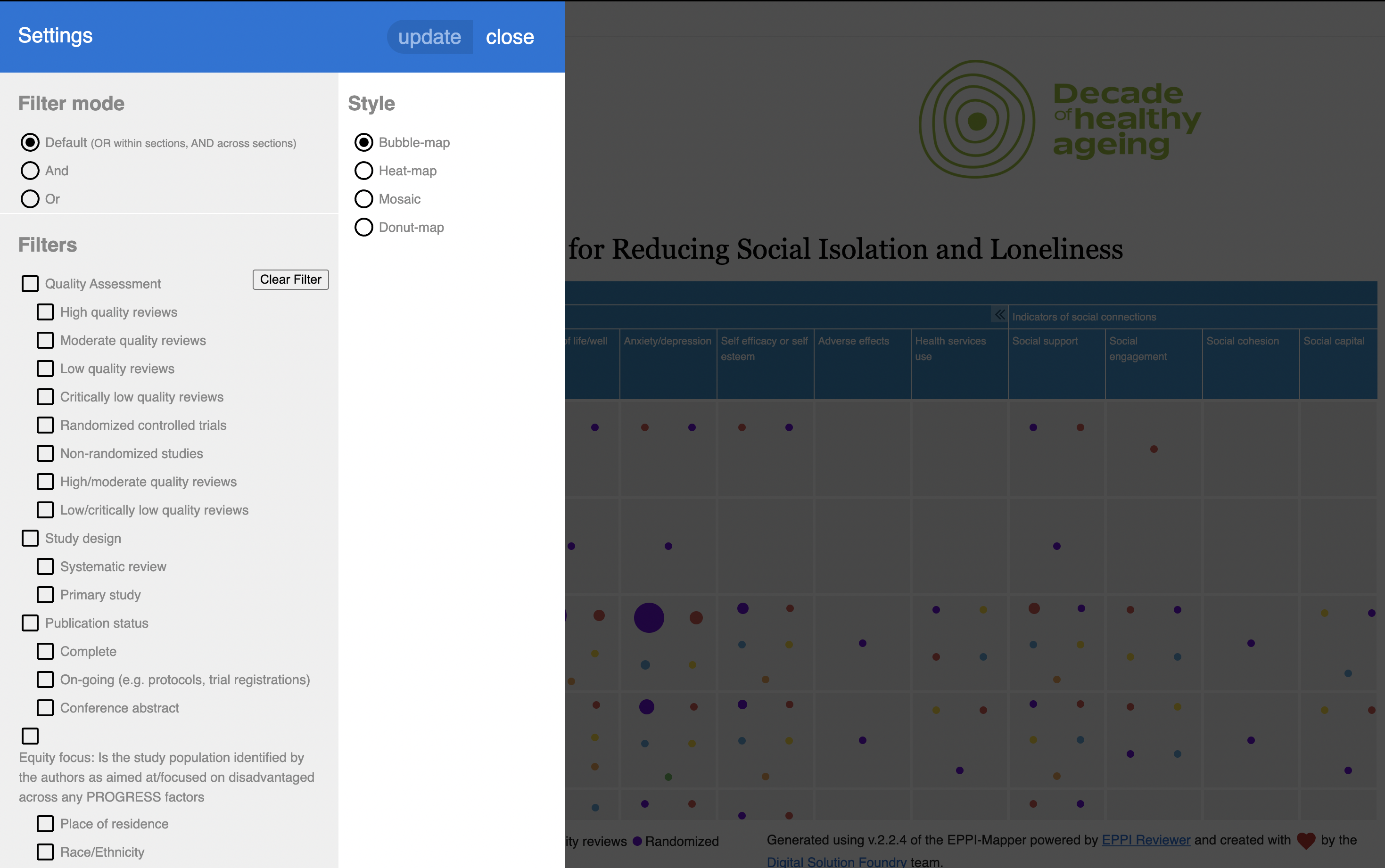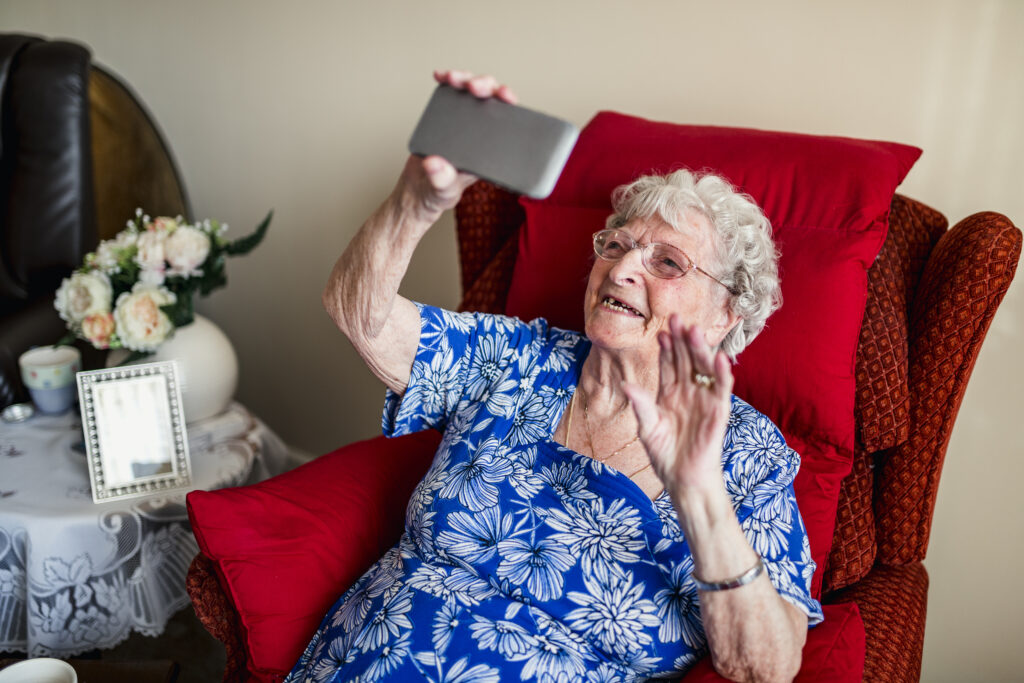Evidence-based Interventions for Reducing Social Isolation and Loneliness
Loneliness or social isolation does not discriminate.
Affecting people across all life stages and regions, it’s been shown to be linked to serious health outcomes and increased levels of mortality. Hence the critical need for research on (and testing of) the effectiveness of interventions aimed at reducing loneliness and social isolation.
Finding evidence-based interventions is a struggle in any field, let alone in the relatively understudied area of loneliness and social isolation. So, imagine our excitement when we stumbled upon an interactive map showcasing evidence-based interventions aimed at alleviating social isolation!
If you haven’t seen this yet, this interactive tool commissioned by the World Health Organisation (WHO) is definitely worth exploring! The map serves as an invaluable asset for researchers, practitioners, and anyone dedicated to addressing loneliness. Not only does it provide access to existing evidence, it also identifies effective solutions and highlights areas requiring further research.
About the map
Commonly known as an evidence and gap map, this tool is a visual snapshot of the current research landscape in the field of loneliness and social isolation. Summarising the evidence of over 513 articles, not only does it show the quantity of research, it also shows the quality of evidence with links to the full articles, making this tool the perfect directory for anyone interested in tackling loneliness.
Understanding the map
- The map is designed as a matrix. Each row represents an intervention type/category, and each column a specific outcome of interest.
- The bubble(s) in each cell represent articles assessing the impact of the corresponding intervention on the outcome. The size of the bubble is proportionate to the quantity of articles on a given topic. However, it is important to note that quantity of evidence does not reflect the quality or strength of evidence.
- The colour of the bubble represents quality of evidence ranging from critically low-quality reviews, low-quality reviews, moderate quality reviews, high quality reviews, randomised controlled trials and non-randomized studies.
How to use the map?
-
Hover your mouse over a cell to see a summary of the type of evidence including the total number of reviews and primary studies.

The chart contains various interventions and their delivery methods on the left-hand side, while the outcomes and indicators of social connections are listed across the top. The chart uses color-coded circles to represent different types of studies and their quality.
- Click on the cell to open a pop-up menu on the right-hand side of the screen. This will display all the article titles, a summary of the article based on the paper’s published abstract and a link to the full paper.

A research database interface from the World Health Organisation (WHO) on interventions to reduce social isolation and loneliness. On the left, there is a filtering system, On the right, there is a specific study highlighted.
- To filter the map by specific interventions, country or setting click on the gear icon in the top left hand corner of the screen. This will open up a menu on the left hand side of the screen which will enable you to curate the articles displayed in your map to better meet your needs.

Settings panel of a data visualisation tool with various filter options and display styles. A bubble-map visualization is partially visible in the background with indicators related to social connections.
How might this help you?
- Academics & Research: Spot research gaps and inspire new studies. This map highlights areas where evidence is sparse or non-existent. Allowing researchers to identify areas that require further investigation to fill these knowledge gaps.
- Policymakers: Make informed decisions quickly. Access a wealth of information on what works to reduce loneliness and isolation to ensure policy decisions and resource allocation is based on solid evidence.
- Private Sector: Fast-track your research. This all-in-one directory of evidence-based interventions can speed up desk research and inspire innovative solutions.
- Public Sector and NGOs: Replicate success in your area. This tool is a great way to Identify effective interventions that could work locally. By building on evidence-based practices, practitioners can design programmes that are more likely to succeed.





Responses